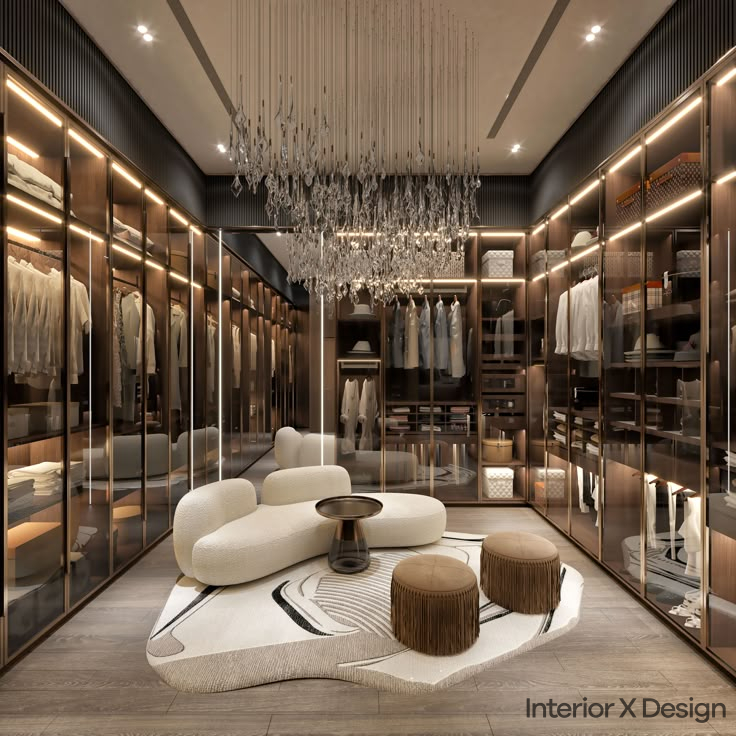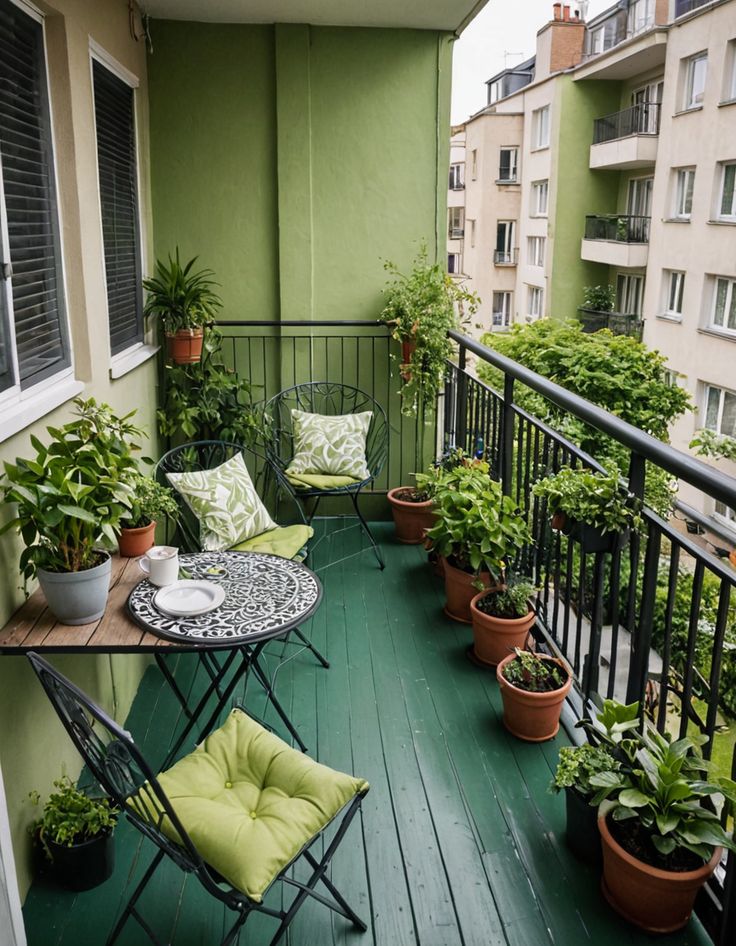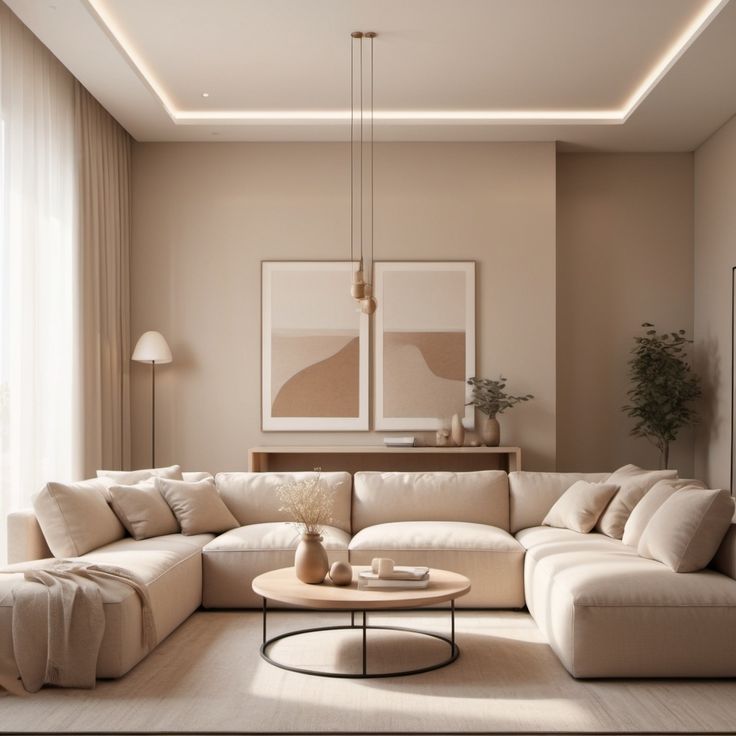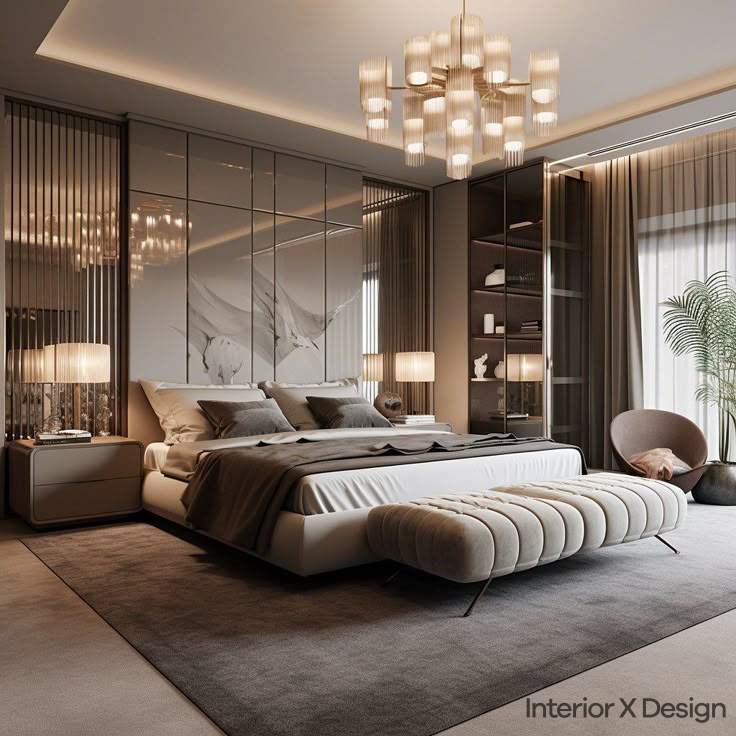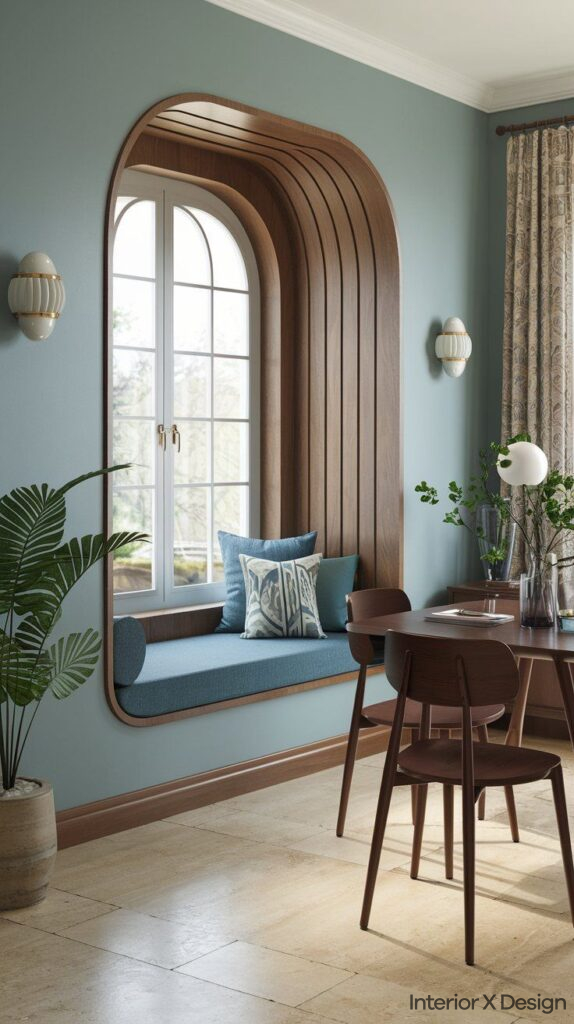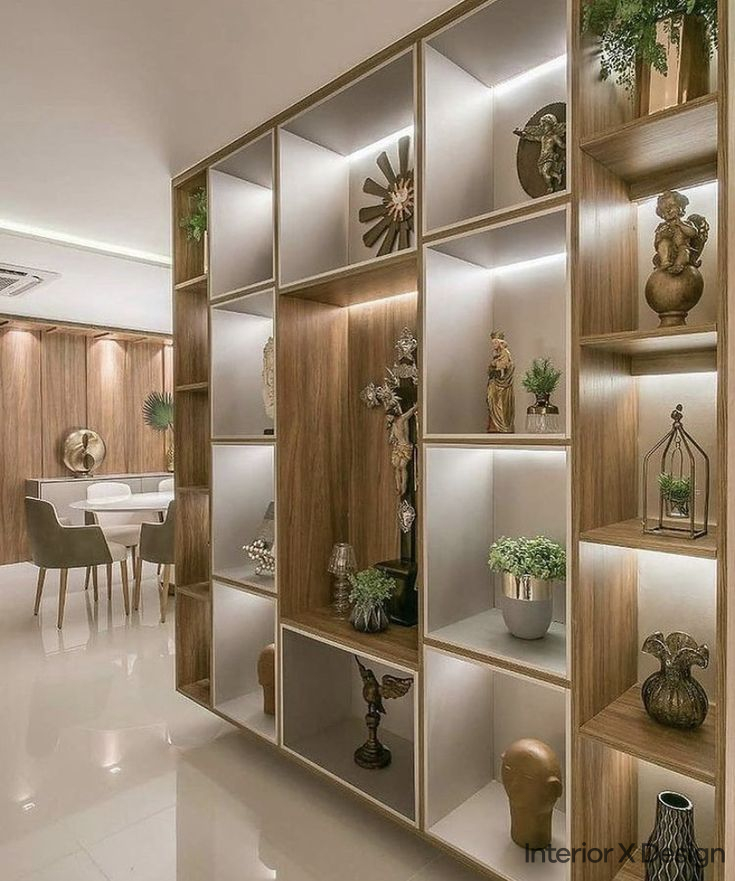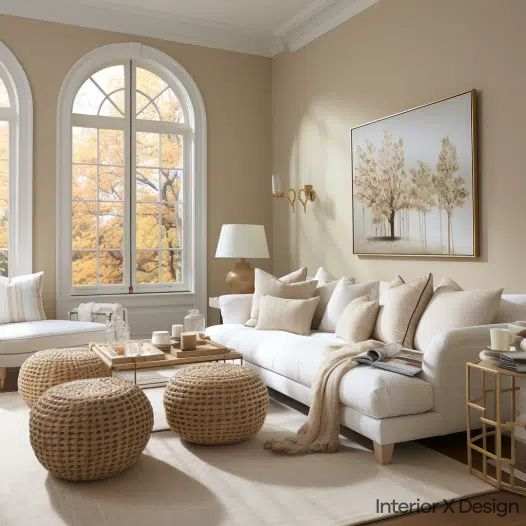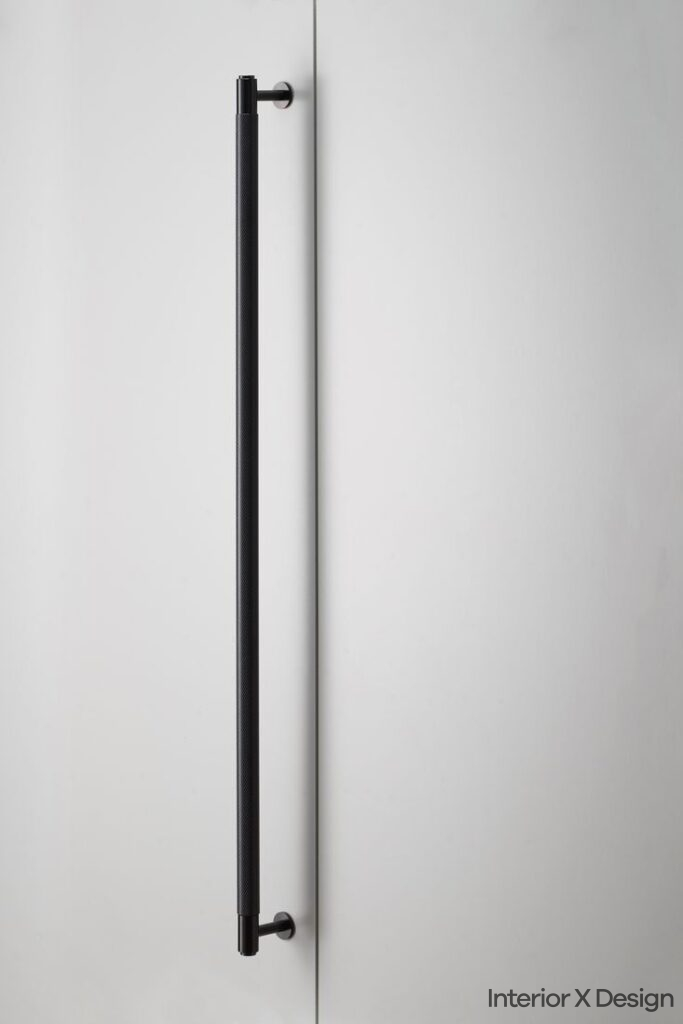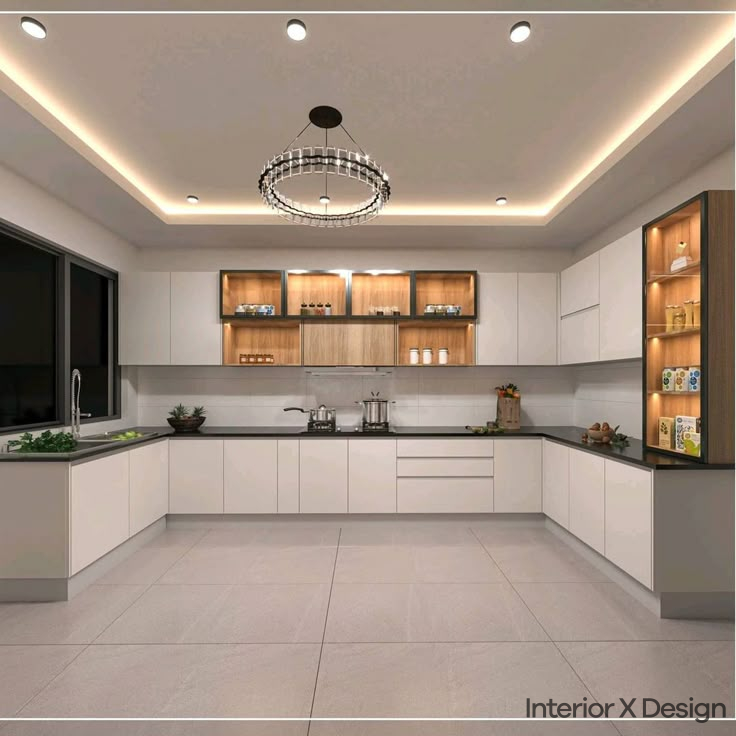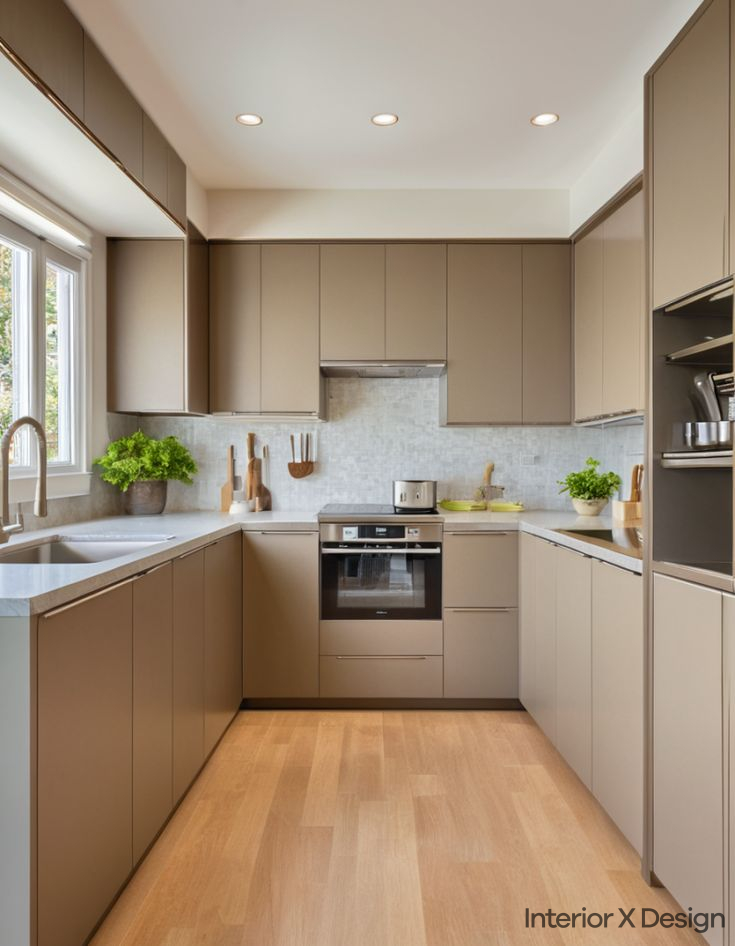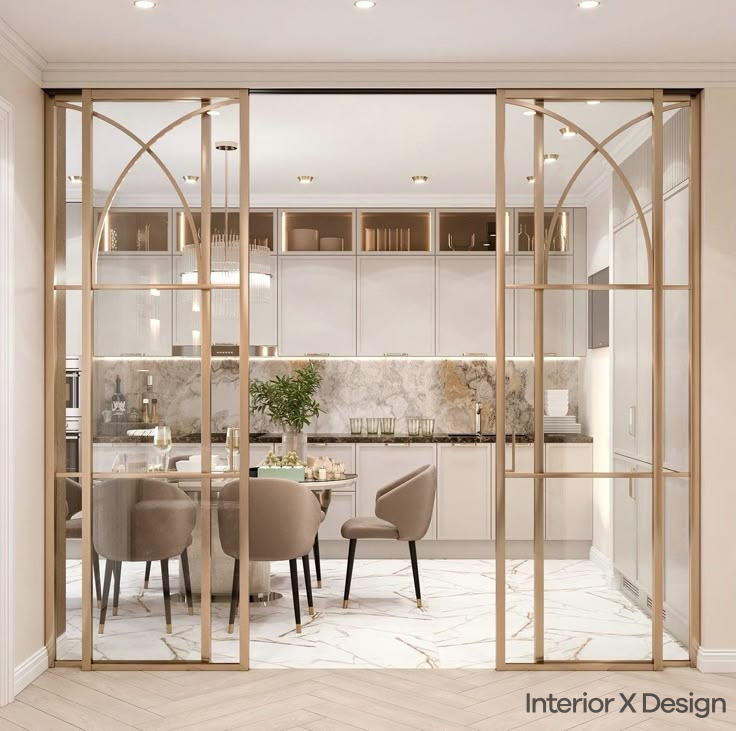1. Smart Dressing Room Wardrobe Design for Optimal Storage
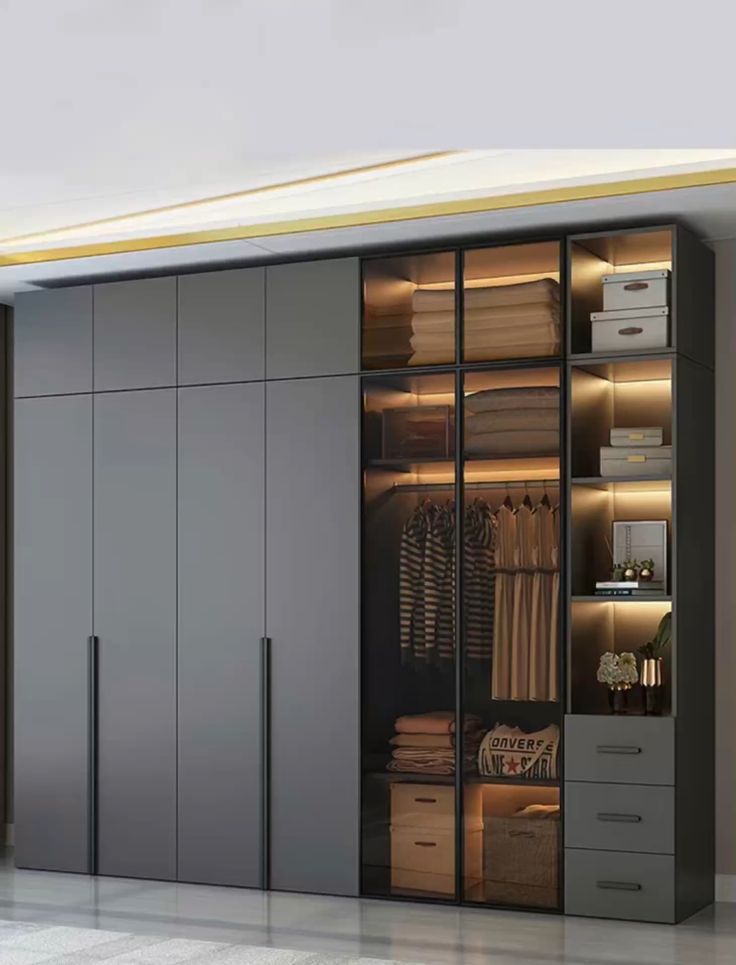
The centerpiece of any dressing room is the dressing room wardrobe design. A well-thought-out wardrobe can significantly enhance the functionality of your dressing room while contributing to its overall aesthetic. Here are some key elements to consider when designing your wardrobe:
- Customized Shelving and Hanging Space: Adjustable shelves, pull-out racks, and adjustable rods allow you to customize your wardrobe to fit your needs. Whether you have long coats, delicate dresses, or a variety of shoes, your wardrobe should offer flexibility to accommodate them all.
- Incorporating Drawers: Add drawers for smaller items like jewelry, belts, or scarves. This helps to keep them organized and prevents them from getting tangled or misplaced.
- Divided Compartments: For those who have a large collection of accessories, creating separate compartments within your wardrobe can prevent clutter and keep your dressing room tidy.
- Sliding Doors for Space-Saving: If you’re working with limited space, sliding doors can save room and provide easy access to the contents of your wardrobe without the hassle of door swings.
Real-Life Example:
In an apartment in Delhi, the use of sliding wardrobe doors and built-in shelves helped the homeowners create a sleek, modern dressing room that maximized space. You can explore more interior design solutions by visiting Interior X Design’s residential section.
2. Incorporate a Dressing Room Cupboard for Extra Storage
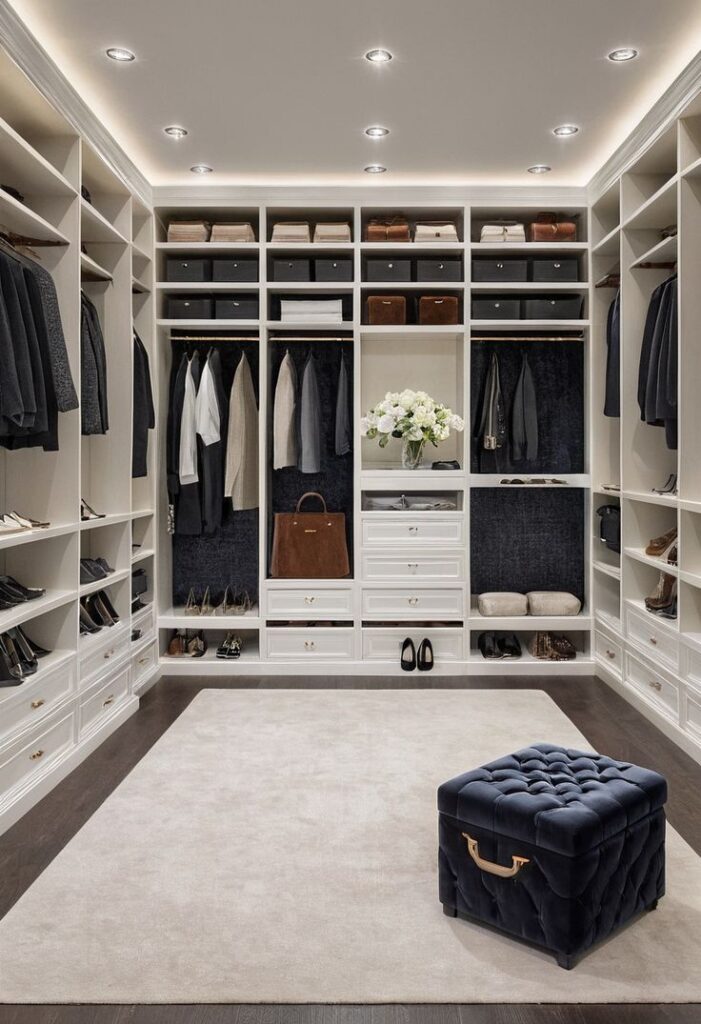
A dressing cupboard design is another must-have feature for your dressing room. Cupboards serve as additional storage units for items you may not want to display, such as extra bedding, seasonal clothes, or other belongings that don’t need to be accessed daily. Here’s how you can optimize the cupboard space:
- Multifunctional Cupboards: Look for cupboards that offer more than just storage. Integrated drawers, hidden compartments, and built-in mirrors can make your cupboard a versatile addition.
- Vertical Storage: Utilize the vertical space by going for tall cupboards with multiple levels of shelving. This helps you store bulky items at the bottom and smaller accessories at the top.
- Adjustable Shelving: Like wardrobes, cupboards with adjustable shelves make it easy to customize the space for varying items. If you have large storage boxes or smaller items, you can tailor the shelving to fit accordingly.
Practical Tip:
If you have a smaller dressing room, consider a dressing room cupboard that extends to the ceiling, offering ample storage without overwhelming the space. By utilizing all available height, you can store less-used items at the top and keep frequently used items easily accessible.
3. Open Shelving for Easy Access and Display for Dressing Room Design
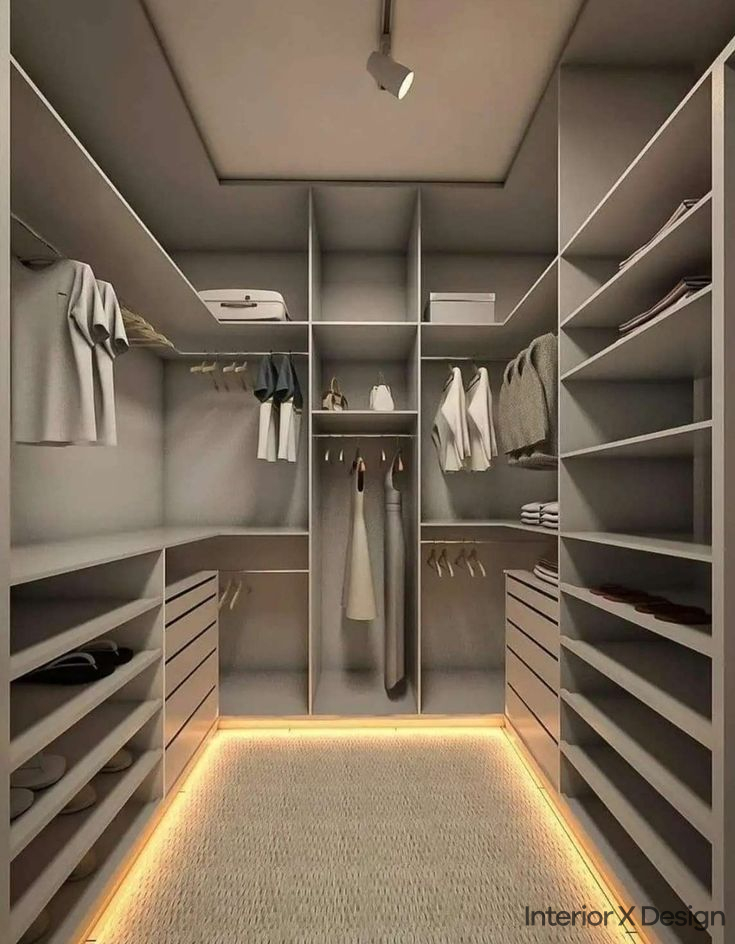
For many, open shelving is an essential element in their dressing room cupboard design. It not only provides quick access to clothes and accessories but also doubles as a way to showcase your style. Open shelves help keep items like shoes, handbags, and hats within easy reach while also creating a chic look.
- Floating Shelves: Floating shelves are an excellent option for creating an open storage design in your dressing room. These sleek, minimalistic shelves keep your space airy and modern while providing storage for folded clothes, shoes, or accessories.
- Display Decorative Items: Open shelves are also perfect for showcasing personal items like perfume bottles, decorative boxes, or even family heirlooms.
- Space Efficiency: By incorporating open shelving into your design, you can efficiently utilize every inch of available space, especially in smaller dressing rooms where traditional wardrobes may not fit.
Example to Try:
A client in Delhi incorporated floating shelves in their compact dressing room to store their collection of luxury handbags and shoes. This design allowed for easy access and gave the room a stylish yet functional appearance. For more modern home ideas, check out this modern TV unit design.
4. Built-In Lighting in Dressing Room Design for a Bright and Inviting Space
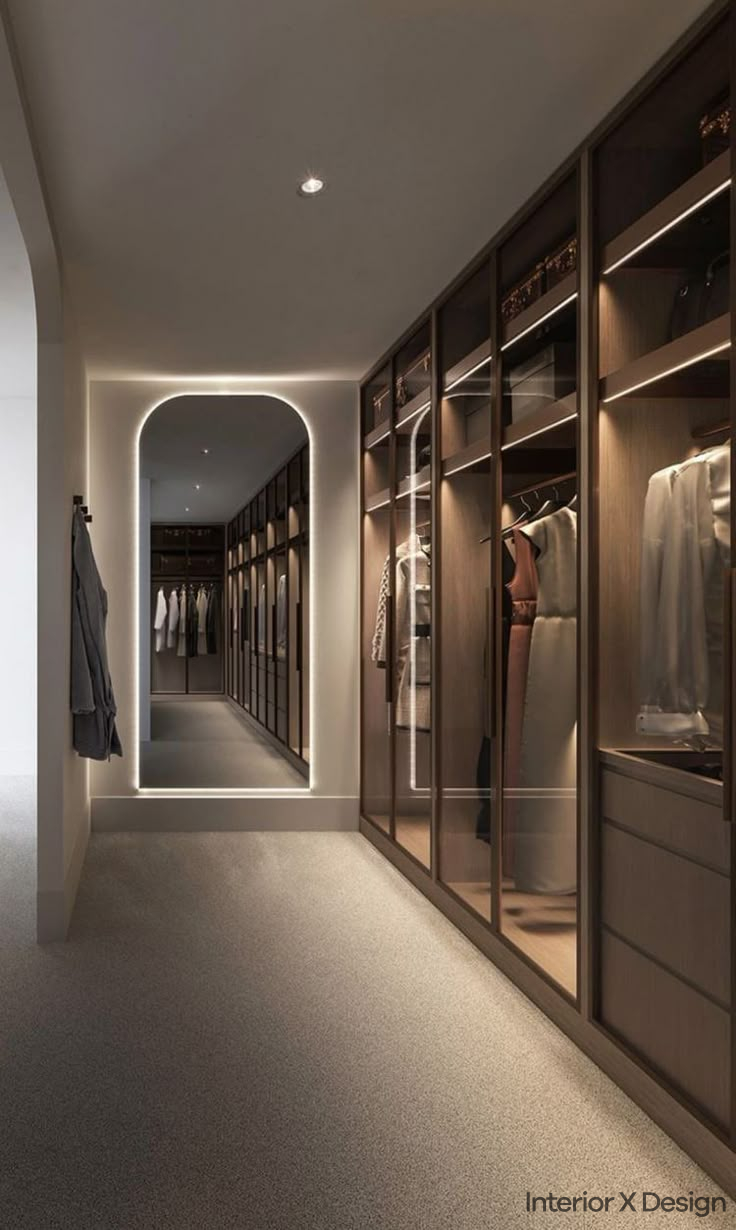
Lighting is often overlooked when designing a dressing room wardrobe design, but it is essential for both functionality and ambiance. Proper lighting helps you see your clothing clearly while enhancing the overall design of the room.
- Recessed Lighting: Recessed lights in the ceiling or inside your wardrobe can provide a clean and modern look. These lights offer even illumination without taking up space, making them perfect for smaller rooms.
- LED Strip Lights: LED strip lights along shelves, under drawers, or along the wardrobe frame can create a soft, ambient glow that highlights your clothes and accessories.
- Vanity Lighting: If your dressing room includes a vanity or mirror area, consider installing bright vanity lighting around the mirror. This is especially important for applying makeup or styling your hair.
Practical Tip:
Invest in dimmable lighting to give yourself the flexibility to adjust the brightness based on the time of day or the mood you want to create. You can check out more about ceiling design ideas in this modern pop design.
5. Create a Dressing Room Design with a Walk-In Closet Feel
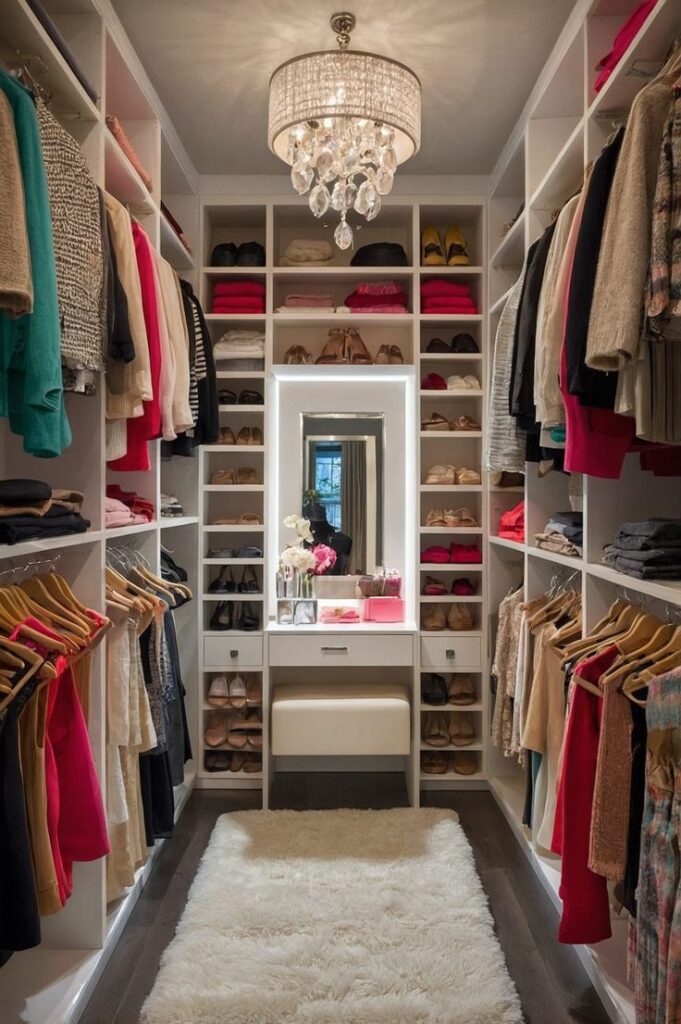
If you have the space, a walk-in closet can elevate the look and functionality of your dressing room design. It offers more room for storage and ensures that you have enough space to move freely. Here’s how to make the most of a walk-in closet setup:
- Partitioning: Divide the space into sections, such as a dedicated area for hanging clothes, a separate area for shoes, and drawers for accessories.
- Full-Length Mirror: A full-length mirror is a must in any dressing room, especially in a walk-in closet. It helps you try on clothes, check your look, and add a stylish element to the room.
- Seating Area: If you have room, consider adding a small bench or chair inside the closet. This can be a practical spot to sit while putting on shoes or sorting clothes.
Real-Life Example:
One of our clients in a luxury apartment in Delhi transformed a small bedroom into a walk-in closet by creating partition walls and using sliding doors for an elegant and functional space. You can find more inspiration for walk-in closet designs in our residential design section.
6. Maximize Space with Multi-Functional Dressing Room Design
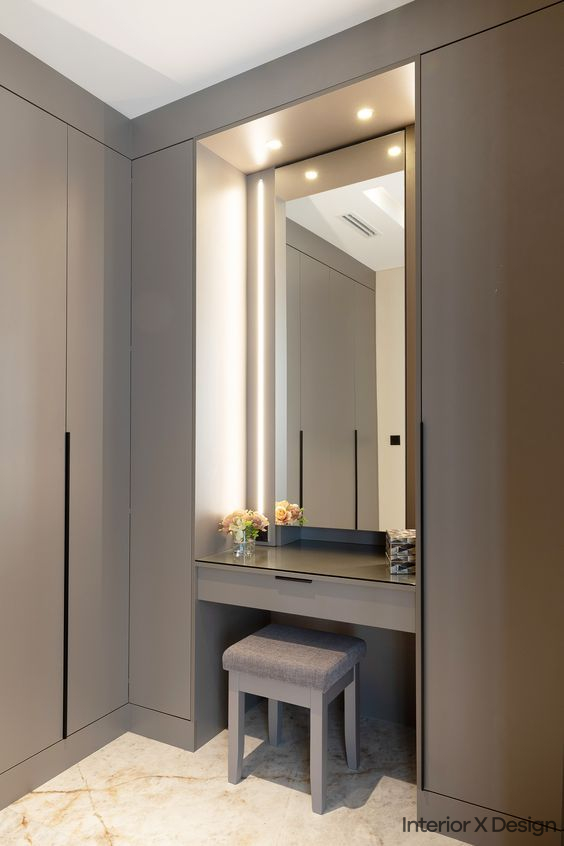
When dealing with limited space, multi-functional furniture becomes a game-changer. Furniture pieces that serve dual purposes can help organize your dressing room cupboard while keeping the space efficient. Here’s how to incorporate them into your design:
- Ottoman Storage: An ottoman with hidden storage is a great addition to your dressing room. It provides extra seating and doubles as a storage unit for items like shoes, scarves, or hats.
- Mirrored Cabinets: A mirrored cabinet can serve as both a full-length mirror and a storage unit for smaller accessories, offering functionality while adding a touch of luxury.
- Expandable Shelving Units: Use expandable shelving systems that can be adjusted as your storage needs change over time. These systems can grow with your wardrobe as your collection expands.
Example to Try:
Consider incorporating a dressing room cupboard with a built-in mirror and pull-out drawers. This combination of practical and elegant storage allows you to maximize your dressing room’s potential without compromising on style.
7. Incorporating Personal Style into Your Dressing Room Design
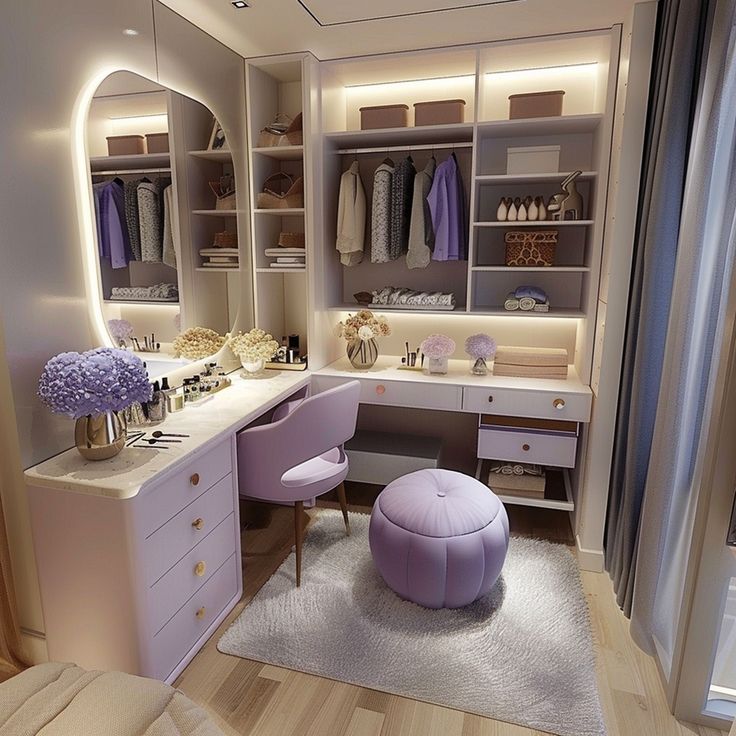
A dressing room should reflect your personal style and taste, making it feel like an extension of your personality. Whether you prefer minimalist elegance or bold, vibrant colors, there are numerous ways to add character to your dressing room wardrobe design:
- Color Schemes: Choose colors that complement the rest of your home, whether that’s soft neutrals, pastels, or vibrant hues. Light colors can make the room feel larger, while darker shades create a more intimate atmosphere.
- Decorative Accessories: Use artwork, framed mirrors, or stylish vases to personalize the space. This not only adds character but also makes the room feel like a luxury dressing area.
- Textures and Materials: Experiment with different textures and materials, such as velvet cushions, leather furniture, or wooden shelving. These details can elevate the design and make the room feel more luxurious.
Real-Life Example:
A client’s dressing room featured gold accents in the hardware of the wardrobe doors, plush velvet seating, and an eclectic color palette that perfectly matched their fashion-forward style. You can view other creative home designs in our blog section.
Conclusion
A well-planned dressing room design not only helps you keep your clothes and accessories organized but also enhances the aesthetic appeal of your home. From customized wardrobes to multi-functional furniture and lighting, there are endless ways to create a functional and beautiful dressing room. Don’t forget to personalize the space to reflect your unique style, ensuring that every inch is optimized for both storage and visual appeal.
If you’re ready to begin designing your own dressing room, consider consulting an expert to ensure your vision becomes a reality. At Interior X Design, we specialize in creating stylish and functional interior spaces that cater to your every need. Contact us to start your project today!

